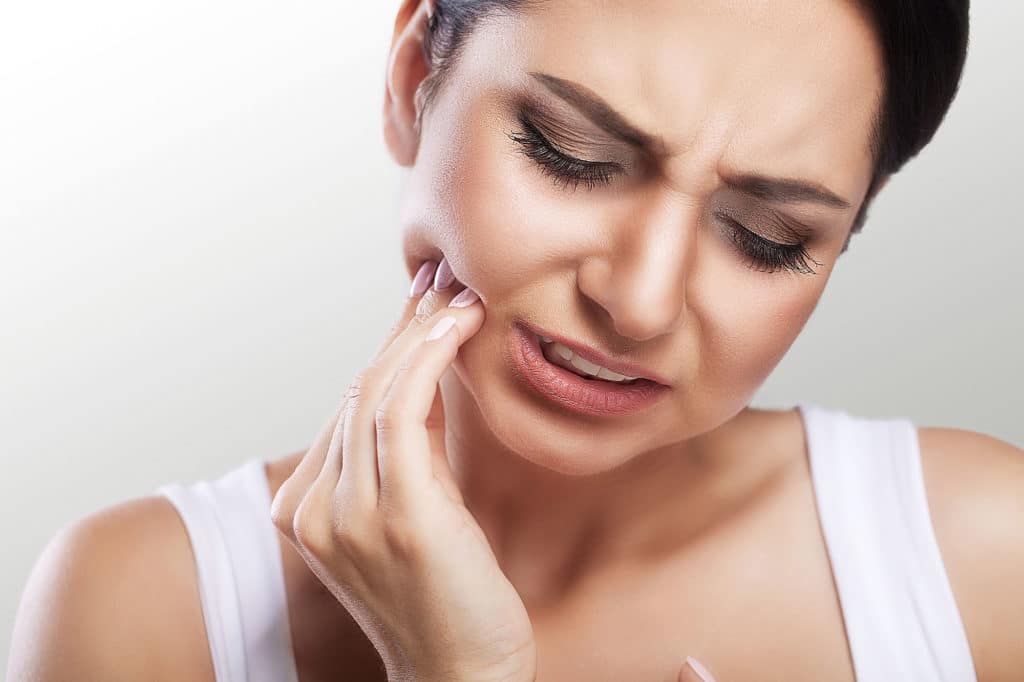We all grew up believing we have 32 teeth. However, what many people don’t know is that not everyone has the jaw capacity to accommodate 32 teeth. This is where wisdom teeth pain can come in to play and it is not fun! They are the third molars situated at the very end of the jaw, and these late-emerging teeth can cause substantial problems in the dental structure.
COPING WITH WISDOM TEETH PAIN

As is the case with all emerging teeth, your wisdom teeth also hurt when coming out. In fact, they can be substantially painful when erupting from the gums. They may also erupt only partially, grow at different angles and unusual positions, get lodged in the gums or in the bone and fail to erupt altogether, causing a substantial amount of pain.
Wisdom teeth may also lead to overcrowding as they are four in total, one on each corner on the upper and lower jaw. The lack of space sometimes results in the wisdom teeth growing horizontally, resulting in impacted teeth, which are painful and dangerous for the dental structure’s overall health. They can also create infections, damage the teeth’s roots, and even lead to tooth loss.
Symptoms
Some of the symptoms to watch out for are:
- Jaw pain
- Headaches
- Aching gums
- Redness and swelling in the gums
- Strange taste in the mouth
WISDOM TEETH EXTRACTION
A wisdom tooth has to be extracted unless it has erupted completely without causing any problems, which is rare. In most cases, it either becomes an impacted wisdom tooth or erupts only partially. A dental professional will recommend wisdom tooth extraction to prevent damage to the dental structure in both cases.
The extraction process is pretty straightforward. The dental professional will put the patient under local anesthesia to perform the procedure, where they make a slit in the gum and slowly twist and pull the tooth out. The dentist may or may not extract all the teeth in one sitting, depending upon a number of factors, including the patient’s preferences.
Post-surgery, your diet will consist of a lot of liquid or semi-solid cold food items, including smoothies, ice cream, juices, etc., for a few days. You can expect some residual bleeding for the first few days, but you will likely recover within a few days.